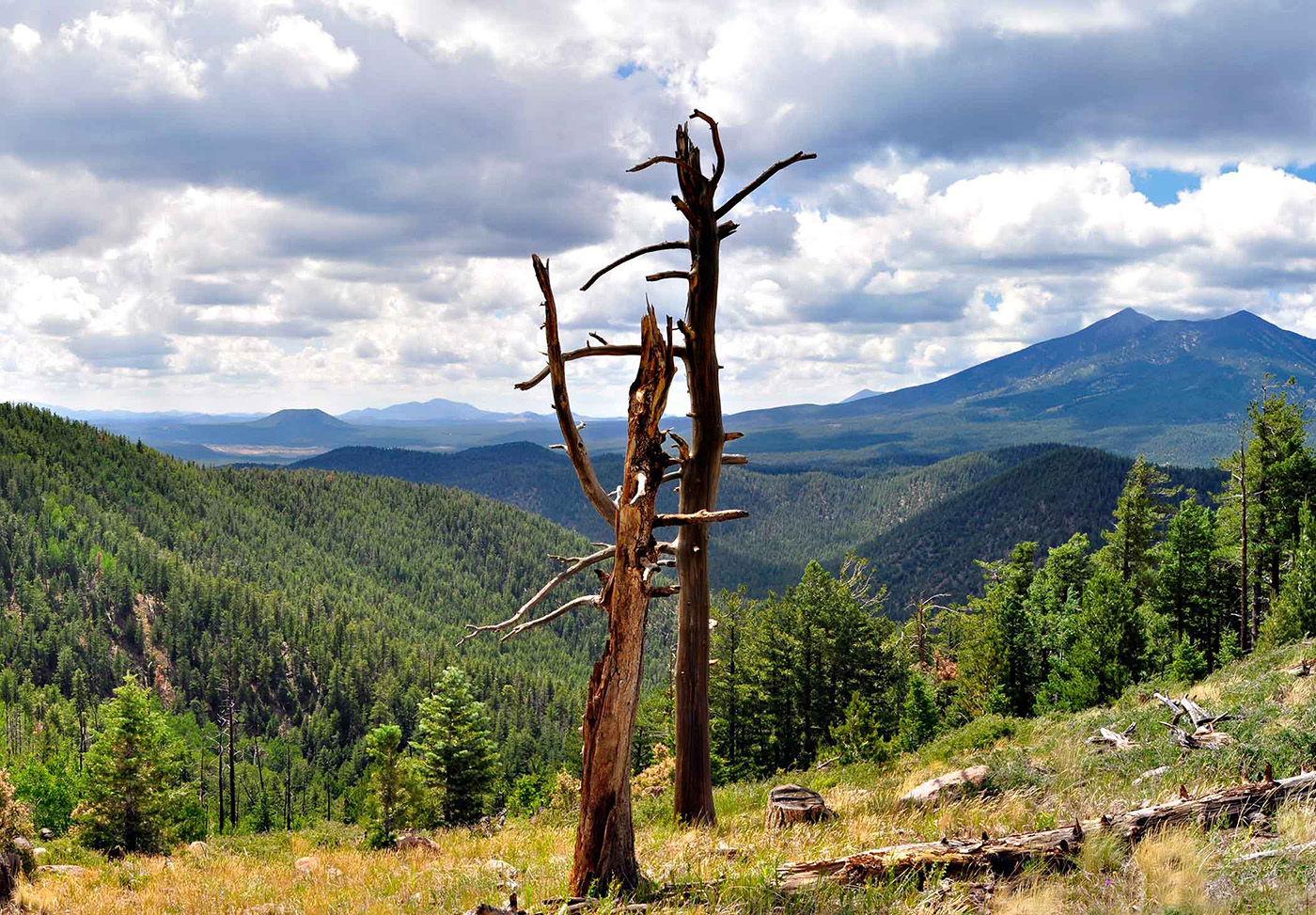JUNE 22, 2016
Forest Service makes it easier for visitors to enjoy national forests and grasslands
Announces steps to modernize recreation permitting process

WASHINGTON – Agriculture Secretary Tom Vilsack and U.S. Forest Service Chief Tom Tidwell today announced steps to make it easier for outfitters, guides, schools, non-profits and other partners to take groups out to enjoy outdoor activities on national forests and grasslands. By streamlining the approach to special-use permitting for national forests and grasslands, our natural resources will be even more accessible to Americans.
"Our national forests and grasslands connect people to nature where they live, providing sustainable recreation opportunities for all Americans," Vilsack said. "The experience of enjoying these lands draws people closer to our vast natural resources and strengthens our connection to what our country has to offer. Today, we are taking steps to make it even easier for people to enjoy our public lands and reap the benefits of our forests, rivers and mountains."
More than 160 million people visit national forest and grasslands annually. The vast majority of families and individual visitors do not need a permit to enjoy outdoor activities in the national forest system.
Forest Service recreation special use permits provide organized access for service providers who take groups of people to national forests and grasslands to experience outdoor recreation, while allowing the Forest Service to manage visitor volume in specific locations and protect resources. Partners and service providers often create opportunities for new visitors, youth, underserved communities, minority visitors and others to experience the great outdoors on our public lands.
"Today, more than ever, people come to know and value places on national forests and grasslands through personal outdoor experiences," said Chief Tidwell. "By modernizing and streamlining our permit processes, we are strengthening our ties to all Americans and their connection to the land. Working with our partners, the Forest Service is connecting citizens with experiences in nature that truly change people's lives."
Outdoor recreation on these public lands also contributes more than $13 billion dollars to the national economy and supports over 205,000 jobs annually. Predominantly based in rural communities, these jobs strengthen local economies through the many small businesses that benefit from proximity to national forests, including more than 5,000 outfitters and guide businesses. The Forest Service currently administers more than 23,000 recreation special use permits a year.
The Forest Service's streamlined approach to special-use permitting will be implemented over time. Ongoing user feedback will help the agency continually evaluate and adjust to provide the best possible customer service. Steps being taken include:
•Streamlining the process to receive or renew a recreation special use permit, making it simpler and faster through the use of existing agency authorities.
•Increasing staff capacity and the consistency of the permit process across the country by developing new standardized training programs and exploring new staffing strategies.
•Encouraging managers to take greater advantage of allowable waivers when a special use permit is not required, for example, where a proposed use would have only nominal impact on lands, resources, and programs or operations.
•Investing in technology to improve business tools and data that support recreation special uses, including an electronic permit application process.
"The steps announced today will improve access for groups and help us better meet the needs of the families, friends and individuals who made 160 million fun, memory-making visits to learn and play in our national forests last year," said Vilsack, "But, we still need Congress to take action now to ensure these opportunities continue to be available by passing a real budget fix that stops the chronic drain on Forest Service resources that comes from the growing costs of fighting wildfire."
In a recent report on the cost of fire suppression, the Forest Service reported that money available for recreation, heritage and wilderness is down 15 percent, while dollars for roads, facilities and deferred maintenance are down 46, 68 and 95 percent respectively. Non-fire-related staff has also been cut by 39 percent since 1998. The cost of fire preparedness and suppression activities has grown from 16 percent of the Forest Service's total budget to more than 52 percent over the last two decades. That shift has come at the expense of programs and staff in other critical activities, including the staff that administers permits. A fire funding solution that stems or reverses the reduction of resources for recreation programs is urgently needed.
The mission of the U.S. Forest Service, part of the U.S. Department of Agriculture, is to sustain the health, diversity and productivity of the nation's forests and grasslands to meet the needs of present and future generations. The agency manages 193 million acres of public land, provides assistance to state and private landowners, and maintains the largest forestry research organization in the world. Public lands managed by the Forest Service contribute more than $13 billion to the economy each year through visitor spending alone. Those same lands provide 20 percent of the nation's clean water supply, a value estimated at $7.2 billion per year. The agency has either a direct or indirect role in stewardship of about 80 percent of the 850 million forested acres within the U.S., of which 100 million acres are urban forests where most Americans live.


